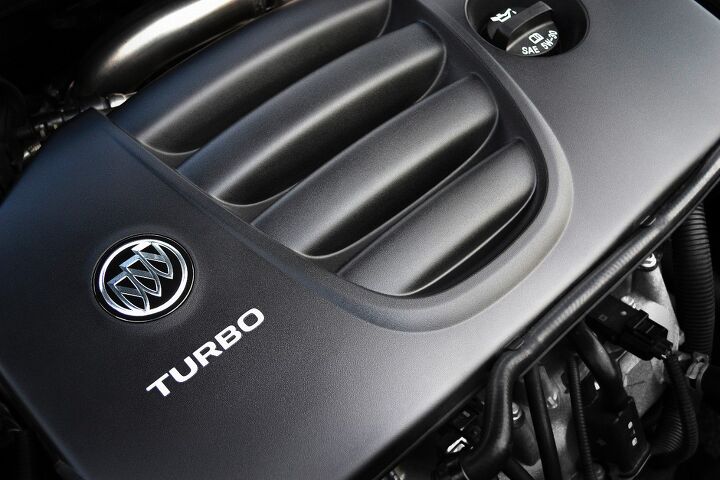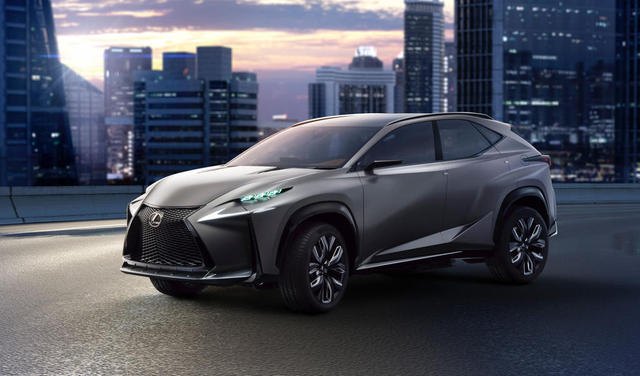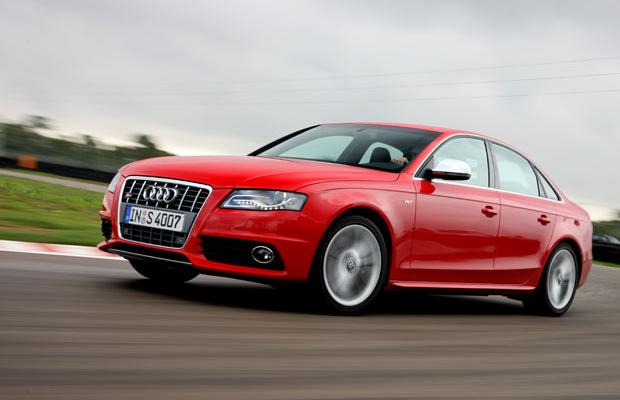#TurboS
After Driving Two Turbocharged Mazdas for Two Weeks, Mazdaspeed is Actually Kind of Alive
We all asked Mazda for more power. It was a cry rising up from virtually every corner of the automotive industry – enthusiasts, observers, analysts, insiders, owners, fans – largely due to the fact that Mazda marketed an entire lineup of vehicles as machines for keen drivers, and none of those machines offered meaningful horsepower.
The Mazda 6 dropped its V6 engine after the 2013 model year, which led to horsepower maxing out at 184 in the following iteration. The Mazdaspeed 3 and its sub-14-second quarter-mile likewise called it quits in 2013. In 2014, the Mazda 2 was still fighting with a measly 100 horsepower. While Ford sold Escapes with 245 horsepower (and 275 lb-ft of torque), the 187-horsepower Mazda CX-5’s naturally aspirated 2.5-liter was merely enough. In fact, up until 2018, the only Mazda with more than 200 horsepower was the roughly 4,400-pound Mazda CX-9.
By way of the CX-9’s 2.5-liter turbo, 2018 brought more than 300 lb-ft of torque to the Mazda 6. The same engine appeared in the CX-5 for 2019 (when Mazda amped up the MX-5 to the tune of a sub-6-second 0-60 time), and is now finding its way under the hood of the Mazda 3 and Mazda CX-30.
Two-hundred and fifty horsepower at 5,000 rpm. Three-hundred and twenty lb-ft of torque at 2,500 rpm. Six distinct body styles. Base prices (including freight) ranging from $31,000 to $35,060. Doesn’t it kind of sound as though the officially defunct Mazdaspeed performance sub-brand is actually, what’s the word we’re looking for here … alive?
It's Turbo Time: Mazda Boosts the CX-30
If you ever thought, “Gee, I like this Mazda CX-30, but it could stand to offer a skoosh more power”, well, Mazda has news for you.
Yes, that’s right – “dude, you’re getting a turbo!”
Boosted Engines Are Bigger Than Ever: Study
If you’re the type of automotive enthusiast who covets cylinder volume above all else, this probably hasn’t been your decade. However, if you’re of the boosted breed, things couldn’t be better. Forced induction engines are bigger than ever, not in size (again, sorry displacement fans) but in factory application.
The numbers of turbocharged vehicles sold in the U.S. rose for a sixth consecutive year in 2017, now accounting for 27.6 percent of new cars and light truck models built through March 2017. For the sake of reference, the 2011 model year only saw 10.7 percent, while previous years loitered between 4.5 and 6.6 percent annually. This makes turbocharging less of a trend and more of a revolution.
General Motors to Turbocharge Its Engine Offerings for 2018, Literally
Rising emissions regulations are forcing many automakers to adopt forced induction across the board. While some, like Mazda and Honda, have been milking naturally aspirated engines for all their worth, even they have turned to turbochargers to do some of the heavy lifting. General Motors has more than doubled North American sales of vehicles with turbo motors — going from roughly 288,000 units in 2011 to 712,000 in 2016, 23 percent of its total volume.
GM’s powertrain lineup has changed dramatically. A decade ago, only a handful of its models came with a turbo option, while just under half of today’s fleet uses some form of forced induction. The trend is set to continue for the 2018 model year, boosting the carmaker’s share of turbocharged offerings above the 50 percent mark.
Ask Bark: Old Vs. New Tech - Which Is More Reliable?
Matt writes:
I am anticipating that my 1997 Subaru Legacy wagon, with 210,000+ miles on the clock, will need replacing soon. I’m lucky in that my wagon is a five-speed manual with the 2.2-liter EJ motor, so has been fairly bulletproof. In the last 19 years, it has needed only minimal work besides regular maintenance and wear items (brakes, clutch, tires), aside from the occasional axle or other random parts (i.e. alternator). I’ve been looking around at affordable commuter 5-door hatchbacks (Mazda3, Impreza, Focus, etc.) as it must fit multiple kids, sports gear, and I need a daily driver for work (~45 miles round trip).
Here’s my question: I would like something a little sporty as more than half of my commute is on fun twisty back roads. I keep going back and forth on whether or not to go for a naturally aspirated or turbo engine, followed by trying to decide between auto or manual. I feel like my five-speed-manual Subaru skewed my perception to believe a naturally aspirated engine and manual transmission is a much more sturdy, robust and reliable setup that’s less prone to breaking and needing repairs (fewer parts to fail) than a turbo and/or automatic.
Am I wrong?
2013 Tokyo Motor Show: Lexus LF-NX Turbo Concept
Lexus has added a turbocharger to the LF-NX concept that it introduced at the Frankfurt auto show, calling the result the LF-NX Turbo and unveiling it at the 2013 Tokyo Motor Show.
Junkyard Find: 1986 Dodge Omni GLH
You’d think that the Shelby-ized Dodges of the 1980s would be sought-after collector’s items nowadays… but you’d be wrong. The Omni GLH/GLHS had to be the best performance-per-dollar deal of any new car you could buy during the mid-to-late 1980s, but its humble Simca origins and disposable nature mean that surviving examples aren’t worth fixing up once they get in rough condition.
Review: 2010 Audi S4
Once upon a time, S was for Audis what M was for BMWs. A decade ago Audi took an A4, added a pair of turbos to the V6, stiffened the suspension, plus-oned the alloys, and tagged the result the S4. A special driving experience that became more special (if less moddable) when the 250-horsepower turbo V6 was replaced by a 340-horsepower V8 a few years later. The A4 was redesigned for 2009, and this year there’s a new S4. The V8 has been tossed in favor of a supercharged 3.0-liter V6 that kicks out 333 horsepower. Is the resulting car worthy of the S?























Recent Comments